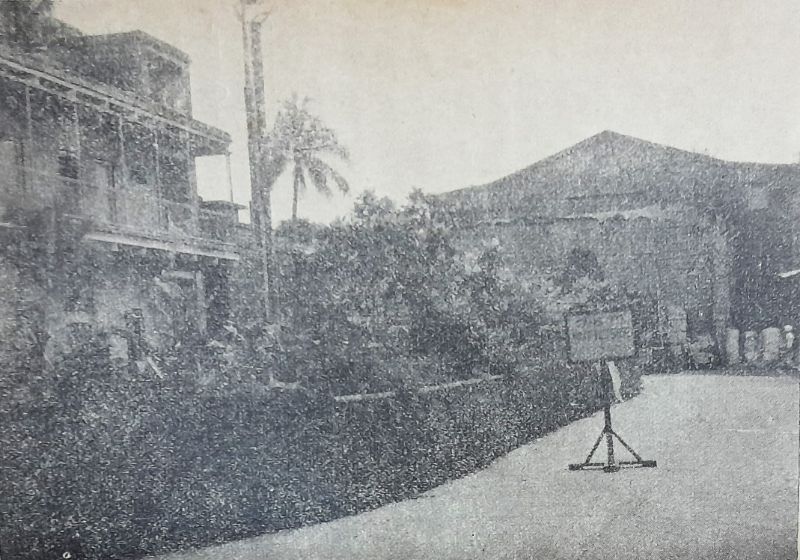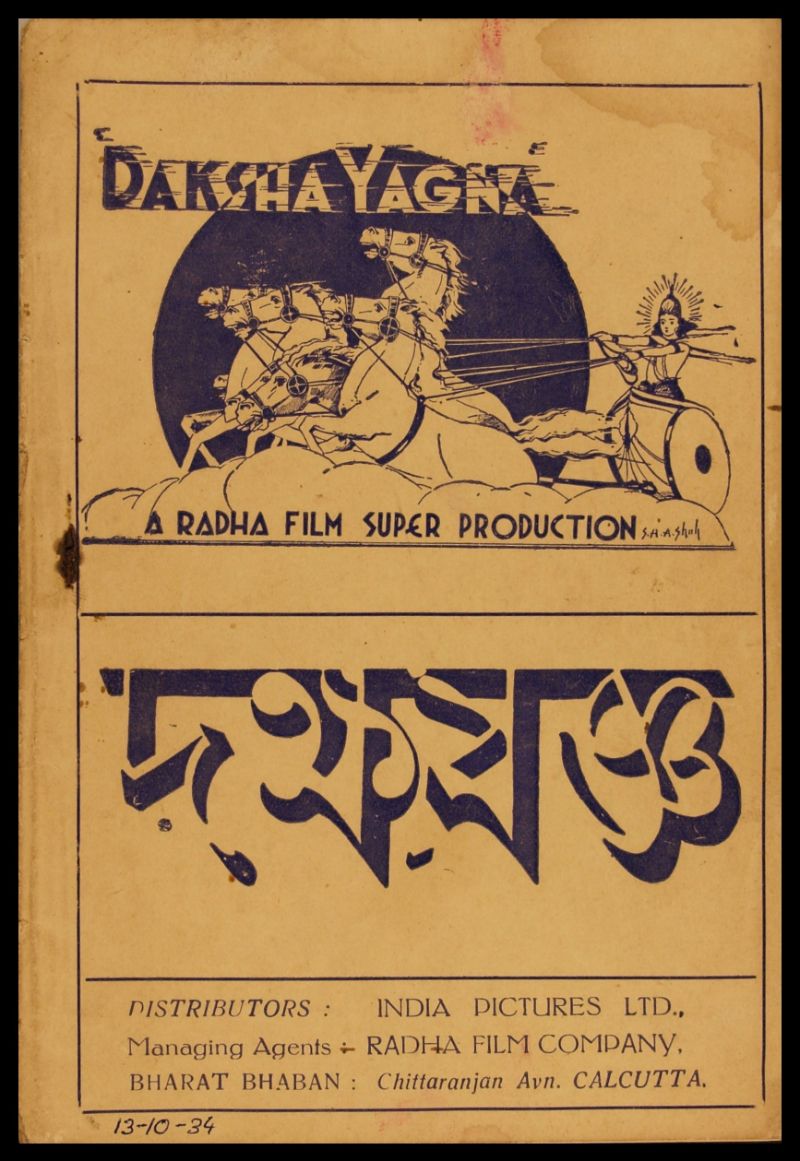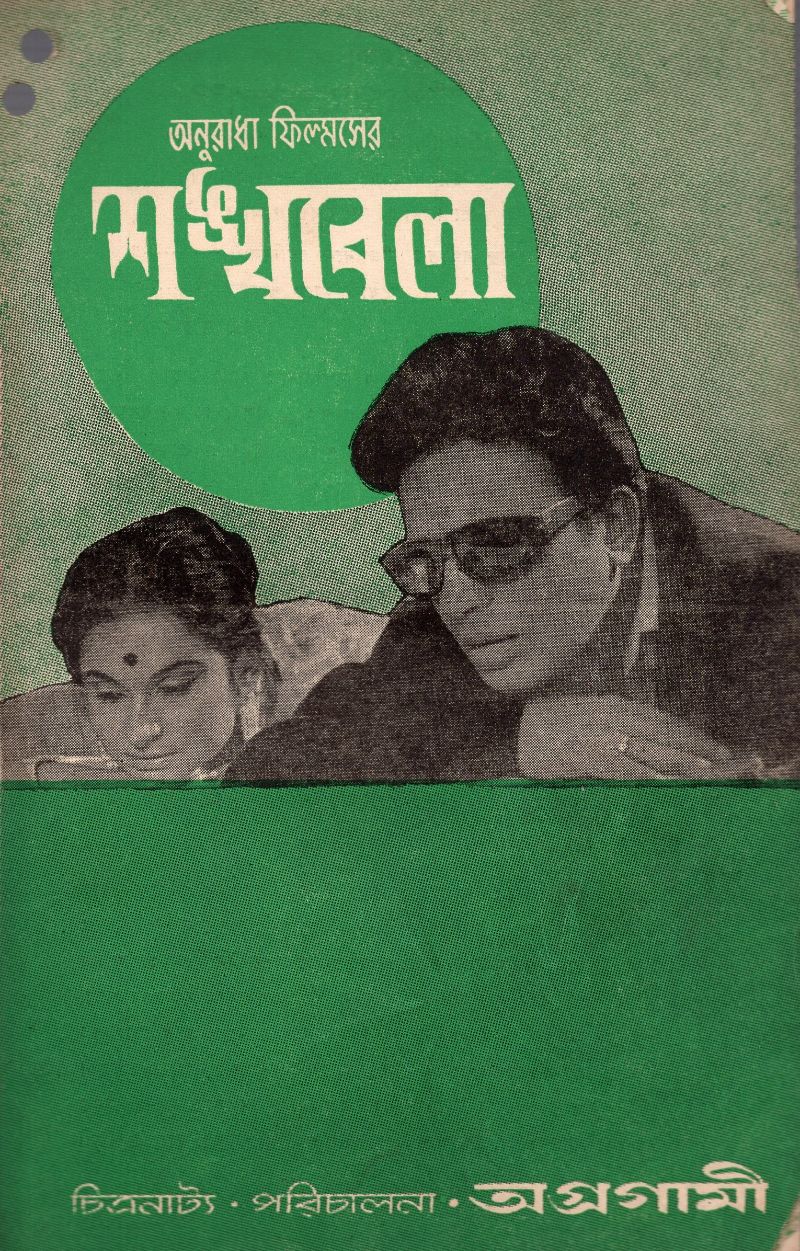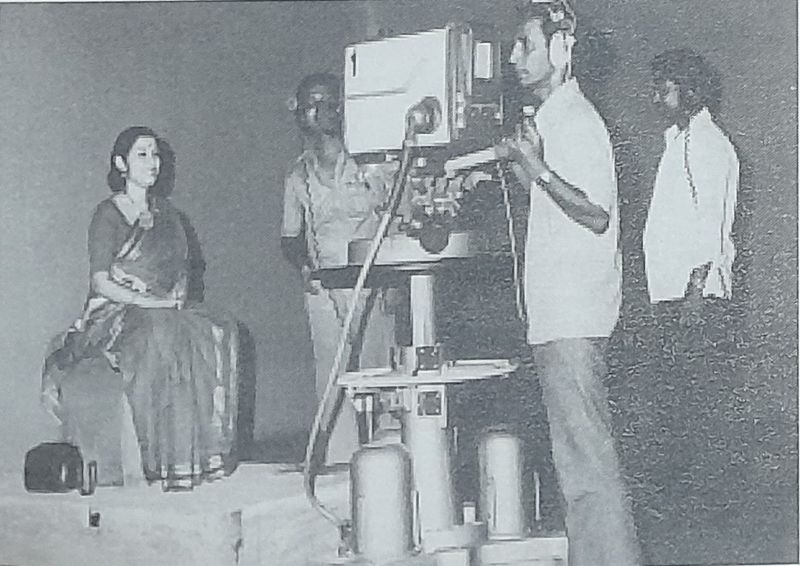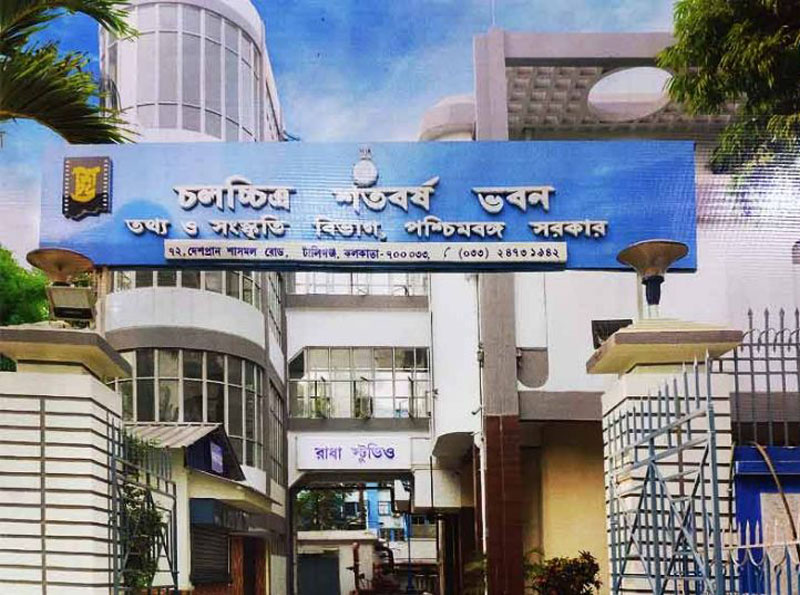
Radha Studio
Address: Tollygunje
Years Active: 1932-1974
First Film: Sree Gouranga
Language: Bengali
Director: Prafulla Ghosh
Release date: 02.05.1933 at Crown
Radha Studio was established in the early 1930s by Radhakishan Chamaria who was a reputed businessman from Howrah. Chamaria had produced some silent films on and off. The Chitra cinema had opened with Haripada Bandyopadhyay’s Srikanta that was produced by Chamaria. Later, Chamaria bought a plot of land on the erstwhile Russa Road (Deshpran Sashmal Road of today) to build a studio. Films were regularly shot here since the end of 1932. The first film made under the Radha Films banner at this newly-constructed studio was Prafulla Ghosh’s Sree Gouranga. DG Gune was in charge of cinematography while the sound department was headed by Nripen Pal who had joined this studio straight after his Calcutta University days. The banner tasted success in feature films in Bangla, Hindi (Char Darvesh, Haribhakti, Wamaq Ezra) and Urdu (Thunderbolt), as well as short films (Jhinjhiniar Jer, Kemon Jabdo, Abak Kando and Mitmat). Apart from unparalleled success in mythological films, Radha Films also became popular for producing Manmoyee Girls’ School and Bekar Nashan. All was going fine when World War II came as a major stumbling block in the way of rolling out one film after another. Work at the studio was stalled when Japan declared war in 1940. Then, it became a private limited company. There was another gap after poet Ajoy Bhattacharya made Ashok. The state government took over the studio to use it as a godown.Soon after the war ended, the studio was bought over by two Bengalis — Kanailal Ghoshal and Madhablal Ghoshal. The duo had earlier made hit films like Bondi, Sandhi under the Chitrarupa Productions banner. They had started work on presenting Hindi films too. Now they had the reins of the studio in their hands. On September 3, 1945, the studio reopened after equipment for the sound, camera, light and laboratory departments were fetched. Many films of other banners were shot there too. This work continued till the second half of the 1960s.Thereafter, the state government took the property on rent to build the studio of Doordarshan Kendra. Later, the Doordarshan Kendra shifted to Golf Green. The government took over the studio to make a film vault. Radha Studio came to be known as Chalachchitra Satabarsha Bhaban. In 2022, Radha Studio was rechristened to its glorious past. Along with the film vault, it also houses an auditorium named Radha Studio that is run by the state government and screens Bengali cinema only. With low ticket prices at Rs 30, the 101-seater is easily packed to capacity. Sadly, the old studio premises of Radha have faded into oblivion.
Selected Bengali Filmography
Dakshayagna (1934), Sachidulal (1934), Kanthahar (1935), Manmoyee Girls’ School (1935), Bishabriksha (1936), Chhinnahar (1937), Prabhas Milan (1937), Bekar Nashan (1938), Bamanabatar (1939), Janaknandini (1939), Naranarayan (1939), Ashok (1942)
Films shot at Radha Studio:
Bande Mataram (1946), Pratima (1946), Muktir Bandhan (1947), Parabhritika (1947), Bidushi Bharya (1949), Kabi (1949), Chhinnamul (1951), Keranir Jiban (1953), Mantrashakti (1954), Shorashi (1954), Bratacharini (1955), Abhoyer Biye (1957), Prithibi Amare Chay (1957), Bhanu Pelo Lottery (1958), Kangsa (1958), Mayamriga (1960), Badhu (1962), Badsha (1963), Jiban Kahini (1964), Mahatirtha Kalighat (1964), Suryatapa (1965), Sankhabela (1966), Nayika Sangbad (1967), Kakhano Megh (1968), Natun Pata (1969, along with Technicians’ Studio)
Did You Know?
A young girl, studying in Jadavpur University, would often pass this eerily locked property that had a lot of greenery inside and wonder about it. Then one fine day, the door was unlocked. A cleanliness drive began. Word spread that Kolkata would soon witness the advent of television and this would be the location for its studio. The mysterious premises of Radha Studio then transformed itself into that of the Kolkata Doordarshan Kendra. And that young girl’s life too got entwined with this soon after. That Radha Studio, now the Doordarshan Kendra, transformed her life. She was the favourite television anchor of the Bengali audience of that era — Chaitali Sen (later Dasgupta).

